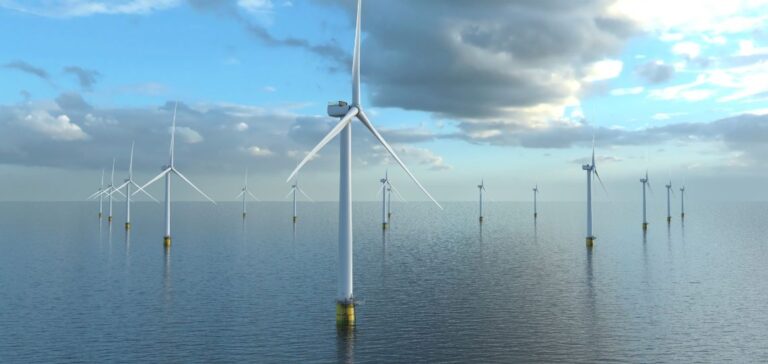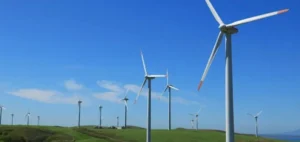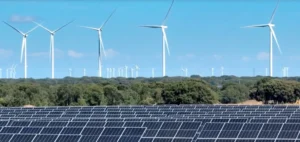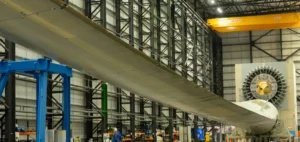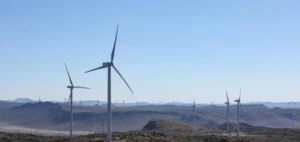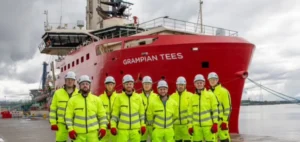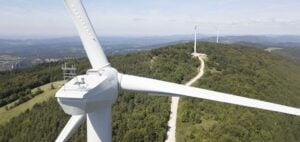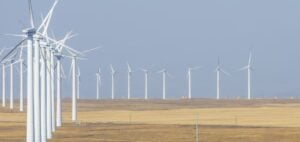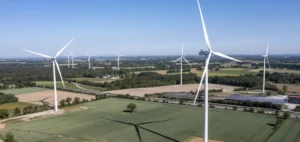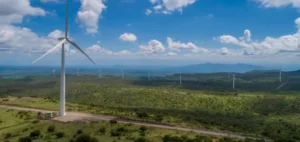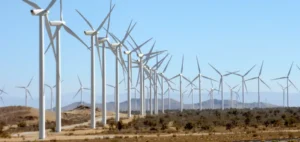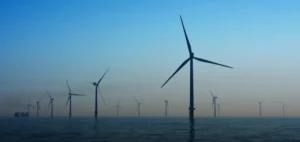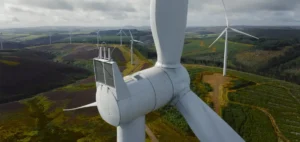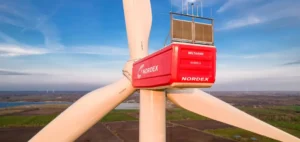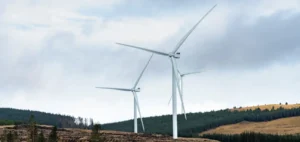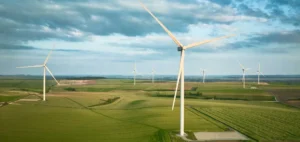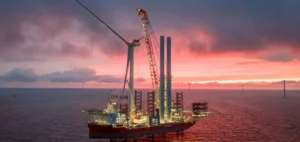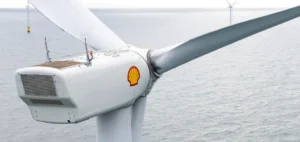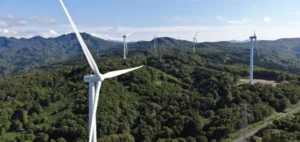The United States federal administration has announced the lifting of the freeze imposed on the offshore wind project Empire Wind 1, located off the coast of New York State. The decision marks a notable reversal in the restrictive wind energy policy pursued by President Donald Trump since returning to the White House. The project, led by Norwegian energy group Equinor, had been suspended in April by Interior Secretary Doug Burgum, citing alleged deficiencies in the environmental analysis initially conducted under the previous administration.
A strategic project for New York
Empire Wind 1 plans the installation of 54 turbines more than 20 kilometres south of Long Island, with an installed capacity of 810 megawatts (MW). According to Equinor, this capacity would be enough to meet the electricity needs of approximately 500,000 households. The site represents an investment estimated at $2.5bn (EUR2.25bn), with the creation of 800 direct jobs during construction and 300 permanent positions during operations.
The project aligns with New York State’s energy goals, which include reaching 70% carbon-free electricity by 2030 and installing 9 gigawatts (GW) of offshore wind capacity by 2035. Governor Kathy Hochul welcomed the federal decision, stating that “New York’s economic future will be powered by abundant energy”.
Work resumes and message to the industry
The restart of the Empire Wind project comes at a time when several similar initiatives in the United States have faced delays or strategic reassessments. Projects such as Vineyard Wind in Massachusetts have experienced periods of uncertainty, intensified by rising construction costs and persistent inflation.
The decision to revive Empire Wind is seen as a stabilising signal for the offshore wind industry, although the federal regulatory framework remains subject to fluctuations. Equinor Chief Executive Officer Anders Opedal stated that the announcement “highlights our commitment to deliver energy while supporting local economies”.
Port infrastructure and local prospects
Equinor also confirmed the development of a logistics hub at the South Brooklyn Marine Terminal, aimed at organising maintenance operations and supply chains around the project. This development is part of an expressed intention to reinforce the industrial dimension of offshore wind on the East Coast.
Despite this progress, several structural challenges persist in the sector. Supply difficulties, material price volatility and the complexity of grid connection continue to limit visibility on investment returns. Ørsted’s 2023 decision to cancel several projects for economic reasons remains a key reference point within the industry.
Recovery or exception?
With Empire Wind scheduled to enter service in 2027, sector stakeholders are now awaiting clarification on the direction of federal marine energy policy. Regulatory coherence and stability are seen as critical conditions for mobilising the capital required in this capital-intensive sector.


